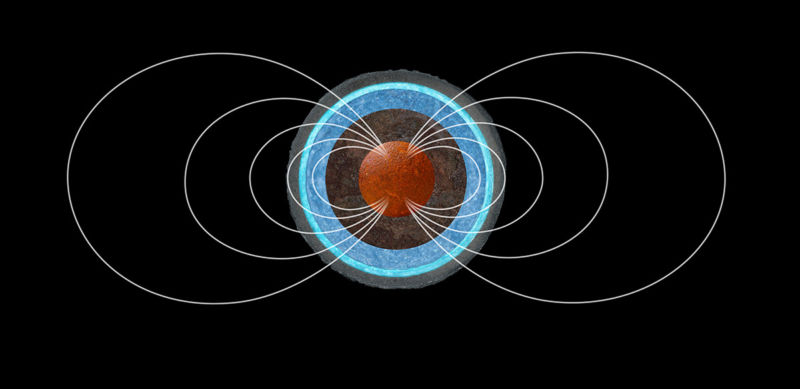Earth’s core too hot ‘n heavy for oxygen, but may have rusty coating

Enlarge (credit: Hubble Site)
We live on the most comfortable of planets. It may not be too visible, but the Earth's magnetic field plays a critical role in maintaining that comfort. The remaining rocky planets in our Solar System have much weaker magnetic fields and, as a result, are subject to a constant bombardment of high-energy particles from the Sun. Yes, our biosphere owes a great deal to a pool of molten iron at the core of our planet.
Yet the core presents something of a puzzle to us. The extreme conditions make it very hard to understand: we cannot conduct experiments that fully replicate core conditions, and our measurements are indirect, since no one wants to visit the core. That leaves us with computer models. Until recently, these models were rather limited. However, ever-increasing computational power is starting to reveal that the core has an interesting story to tell.
Onions not parfaitOur planet, like all planets, is born of violence. The aggregation of mass during its growth came via large impacts and oceans of molten rock. Gravity provided a kind of filter: the heavy elements like iron were pulled to the core, while light elements like silicon and oxygen were left floating on the top.
Read 9 remaining paragraphs | Comments